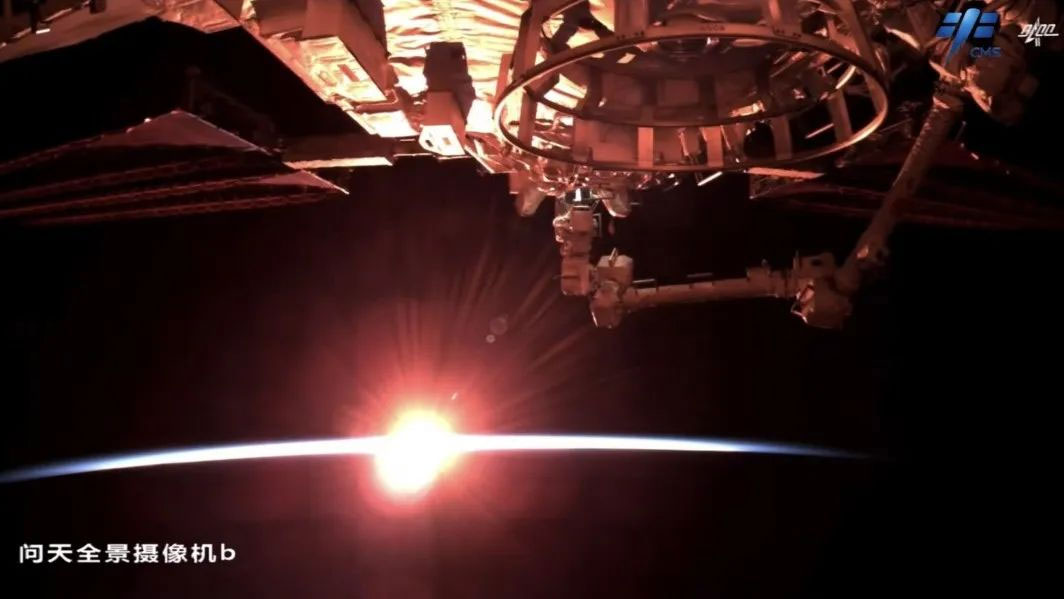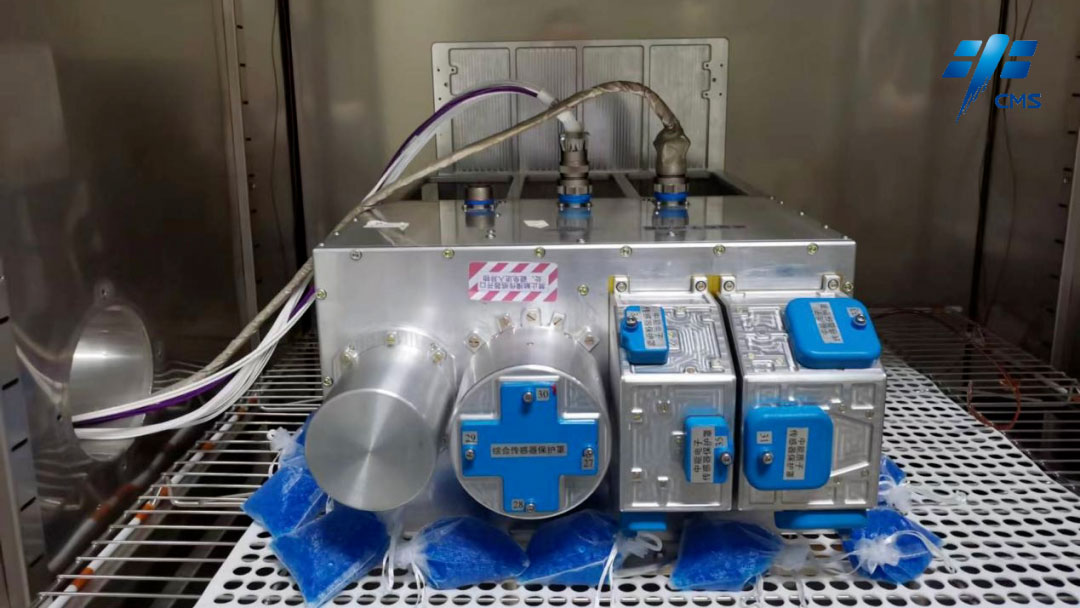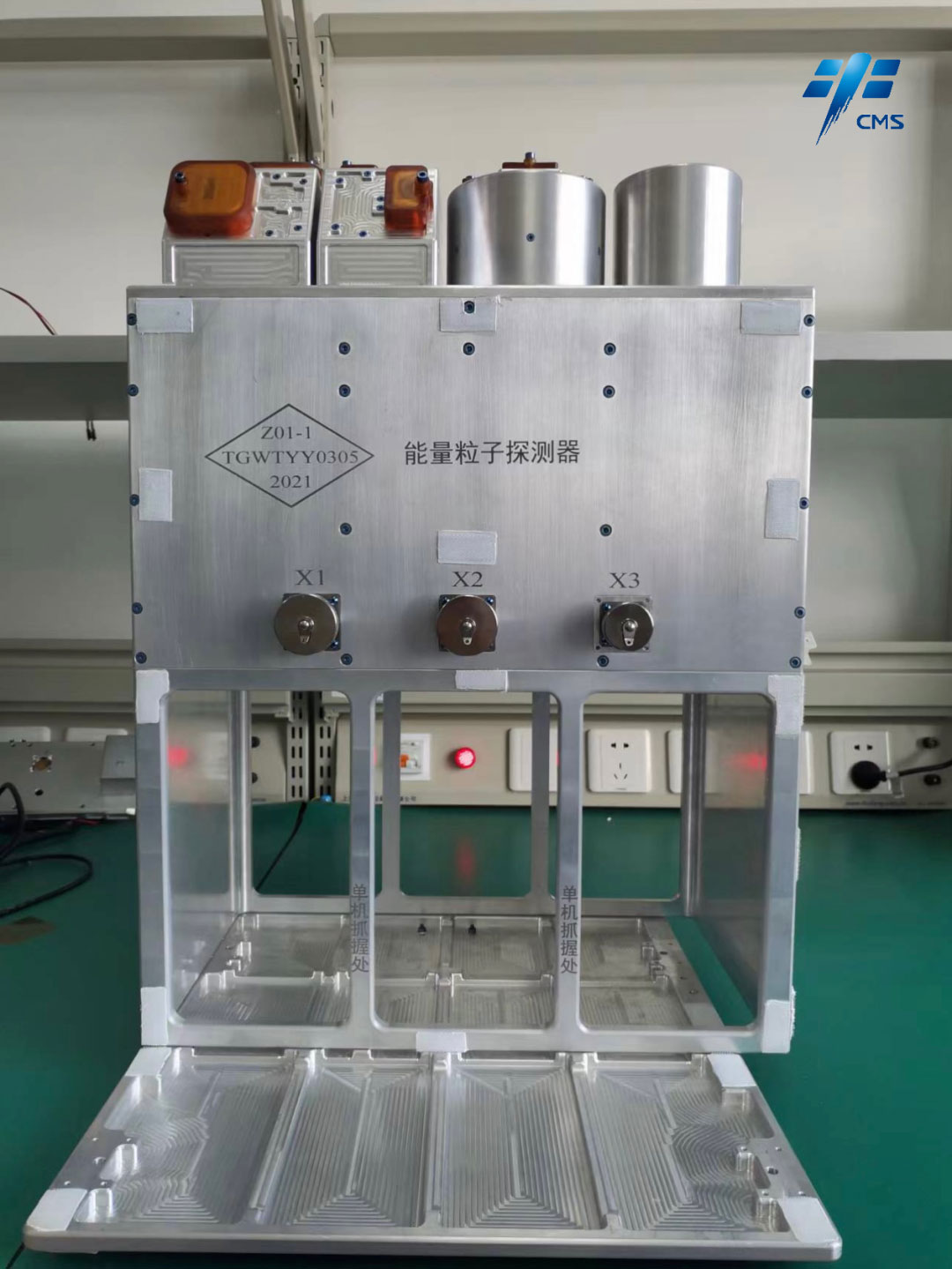
A still frame from a video recorded by a China Space Station camera. /China Manned Space Agency
A still frame from a video recorded by a China Space Station camera. /China Manned Space Agency
We love the sun because it's the ultimate source of energy. It helps our food to grow, provides power for our cars, and electricity for our computers. But it can also be deadly. Even with the protection of the Earth's atmosphere, too much exposure to solar radiation can give you skin cancer.
For taikonauts living in the China Space Station, the atmosphere is under their feet. So they need extra protection against solar radiation.
But first, they need a machine to see the radiation. It is called an energetic particles detector or EPD.

The energetic particles detector aboard the China Space Station. /China Manned Space Agency
The energetic particles detector aboard the China Space Station. /China Manned Space Agency
The machine is stationed in the Wentian lab module launched in July. It measures the energy, angular distribution and composition of radiation. With this data, engineers can calculate a relatively safe window for the taikonauts to do spacewalks. Even with the protection of a spacesuit, it's still not ideal to bathe in heavy solar radiation.
The radiation hurts not only people but also the spacecraft. More than 40 percent of spacecraft malfunctions were caused by solar radiation, according to data collected by the National Space Science Center at the Chinese Academy of Sciences.
The particle detector provides critical data for the space station to locate faulty parts and determine the life cycle of some key parts. However, protection is only one part of the detector's job. It also facilitates research into how humans could survive on other planets.

The energetic particles detector aboard China Space Station. /China Manned Space Agency
The energetic particles detector aboard China Space Station. /China Manned Space Agency
Radiation provides a unique testing environment that is not available on Earth. In such an environment, many tests that would be nearly impossible on Earth become easier, thereby rapidly accelerating the pace of scientific development.
One such puzzle is the origin of the electrons in the inner Van Allen Belt, one of the two radiation belts thousands of kilometers away from the Earth's surface. Though a great theory exists to explain it, science lacks the observation to prove it. However, China's space scientists hope this detector can help solve the mystery.
(Zhao Chenchen contributed to this story.)

